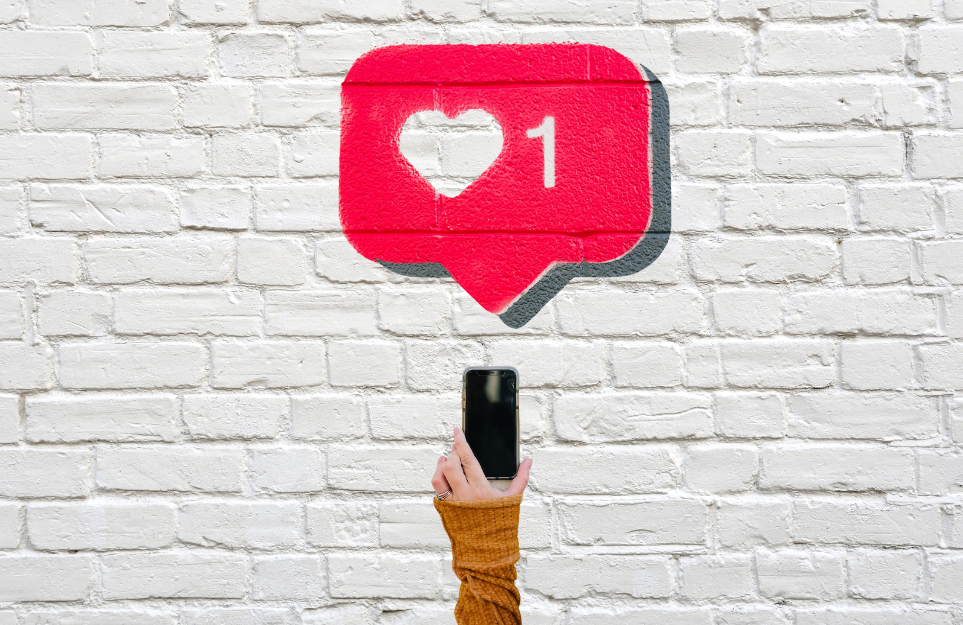When you hear the term ‘influencer’ – what do you think of?
Is it a celebrity, or reality TV star who has hundreds of thousands, or even millions of followers? A parent vlogger making waves with their Instagram Reels and TikToks? Or is it someone infinitely more niche in your circle of interests – a book reviewer, for example, an artist, or a fashion thrifter? Whatever the answer, there’s no doubt that the world of social media influencers has exploded, and as with anything when it comes to social media – it’s always evolving.
The business of influencing has advanced to the extent that they are categorised, usually by their audience or perceived ‘sphere of influence’ into the following:
- Mega – 1 million+ followers. Typically, a celebrity that incurs high costs, powerful in terms of their high reach but achieves lower purposeful engagement.
- Macro – 100,000 – 1 million followers. Usually gained fame through the internet, reality TV or vlogging. Incurs lower costs than mega but is still significant enough for consideration. Ability to reach a high volume targeted audience, engagement remains lower and impersonal.
- Micro – 1,000 – 100,000 followers. More specific to a niche or area of interest with an engaged and interested audience who follow to both view and interact with the content.
- Nano – Less than 1,000 followers.
Categorising influencers by size is an instant measurement and gauge of their following and influence, but it is just one of several nuances that need to be looked at and considered. First, an assessment of the style and aesthetics of the content needs to be made – does the content fit with your brand? Do they tend to collaborate with similar, or complementary brands which would make them a good fit? Working with an urban, thrifting-orientated influencer for a 5* country hotel retreat would be less relevant than the same influencer collaborating with a city hotel with bustling markets close by.
The most significant category, the ‘sweet spot’, is micro influencers. They are the size that a reasonable contra-deal may mitigate any significant financial exchanges, and small enough to still retain what matters above all else – authenticity, and genuine engagement and interactions with their audience.
Broadcast vs conversation
On Mega and Macro influencer accounts, you’ll likely see what I call ‘broadcast messaging’ – where the content is paid for advertorial, or self-serving rather than audience-led. Engagements are most likely to be comments such as “omg love it” or “you’re amazing” – generic responses where the audience is more interested in the person, not the content. In contrast, micro influencers audiences tend to be more tuned into and interested in the content itself. With hotel review stays as an example, you’ll regularly see comments such as “this hotel looks amazing”, “adding this one to the list”, or asking questions which are in turn answered by the influencer creating a two-way conversation.
These genuine interactions across several micro influencers reviewing the same hotel, experience or restaurant become a series of mini-reviews, reflecting positively on the influencer and the experience itself. The very nature of hotels and hospitality is about human interaction, personal touches and engaging with guests – social media should reflect this, and hotels should be looking to engage with influencers that impart this feeling through engaging, meaningful user-generated content (UGC).
Find your tribe
Micro influencers offer something else valuable to the hospitality industry – access to a more niche and intentional set of demographics. People need hotel stays for endless reasons – exhibitions, conferences, concerts or sports events – and want them for staycation or mini breaks that include local attractions, shopping and thrifting markets, or as a base to venture further afield. This is where hotels can tap into those niche categories and find an influencer who fits something unique or relevant to their property, and in turn, reach their engaged followers interested in that content. Book lovers might be looking for a cosy hotel or nook to enjoy an upcoming literary release at a local bookshop. ComiCon influencers might be looking for a convenient hotel close to the venue to maximise their ‘get ready’ time. A fashion influencer may want the ultimate backdrop for a new shopping haul or clothes market for a GRWM content series.
The niche micro influencers fulfil their hotel stay and content needs, the hotels reach a new niche audience. It’s a win-win.
Authenticity
In a world of AI where consumers increasingly question what is and isn’t real, the authenticity of influencers is essential, with 85% of influencers and 67% of marketers identifying trust and authenticity as the most important strengths of influencer marketing. Micro influencers are working on building their audience and profile, and therefore often fiercely protective of their followers and content feed, only working with brands and companies that will enable them to remain authentic and honest with their followers. Mega and Macro influencers – due to receiving payment in return for their content – act on a more contractually binding basis with rigid deliverables and parameters which can turn content into advertorial rather than genuine UGC. It’s no wonder 70% of people say they trust micro-influencers more than celebrities!
Leveraging their power
While it might be tempting to engage with influencers simply because they have a large following, there is so much more to consider. Micro influencers present a powerful opportunity for hotels to amplify their USPs and core messaging through genuine, authentic content with engaged users.






